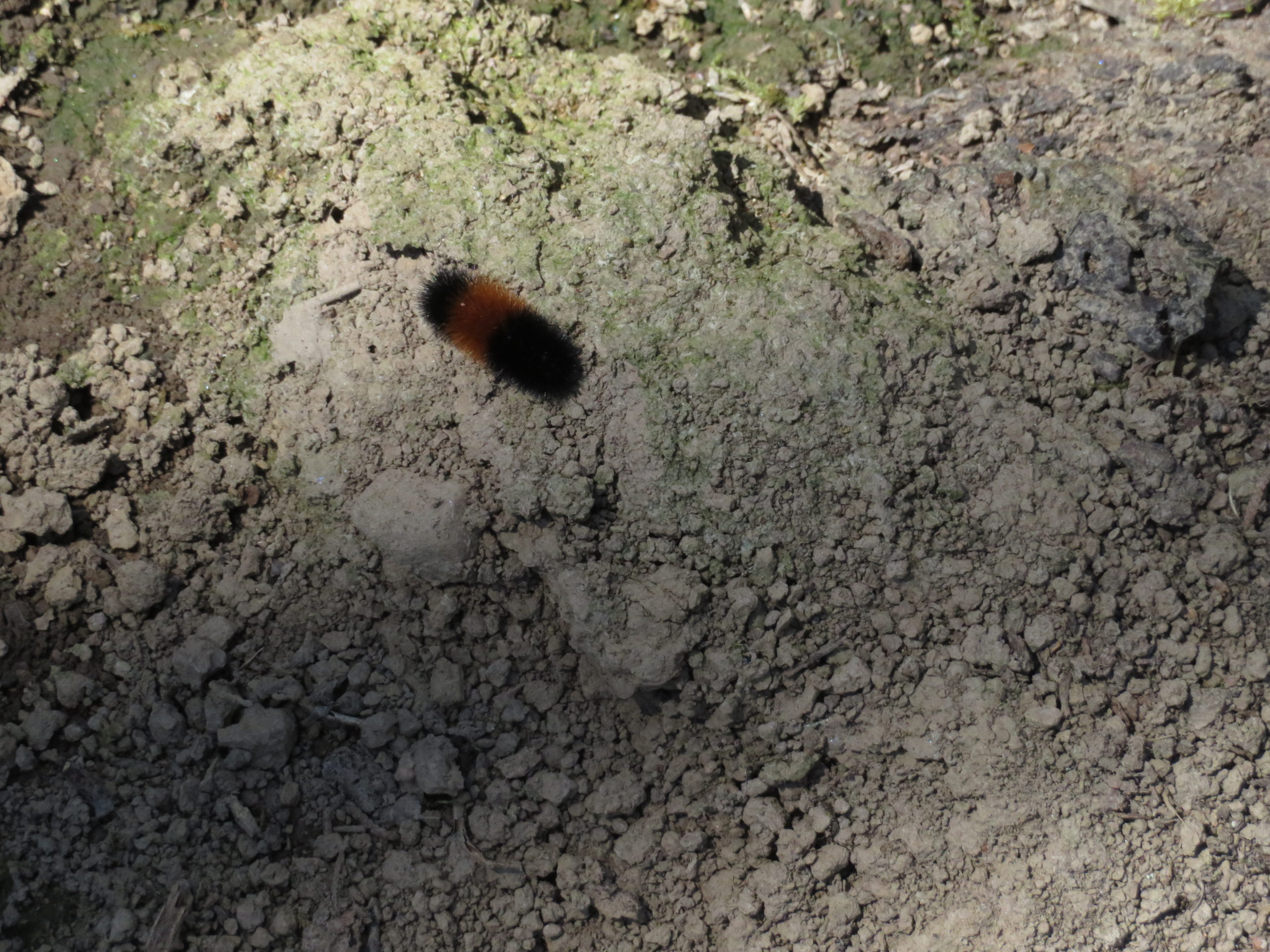It is an interesting challenge for the photographer to make do with what we can find in our suddenly severely limited environments. What can I depict, without resorting to my archives, something that is of interest, contains some beauty or has informational value?

How can I find newness when everyday I see the same things, retrace the same steps in my neighborhood? How can I be open to discoveries when my mind is churning with thoughts about the fate of this nation, the suffering of people across the world, the friends who are sick and irritation at my own body that is taking way too long to get back up to full speed?

And how will you, the reader, react to things taken out of context, things seemingly banal when stacked up against your own worries?
Well, as photographer, I simply do the best I can. Today’s pictures for example, were captured by iPhone just along the street where I live, seen simply because I was looking down, open to small patches of color and hiding my red eyes.

You, the viewer, have the thing to do that you always do when seeing something within a limited context: you try to to make sense of it. That should be easy when I tell you the topic is “found by the wayside.” It becomes more interesting, when the viewing stimulus is more complicated and I can manipulate what I’ll tell you about the context.
And just like that we are at the interesting part of today’s musings: a brand- new study about how people interpret “objective” video evidence, when I give them deliberately manipulated contextual information. What you “see” combined with what you “hear” leads to different reactions.

Simple design: I show you a video that depicts the exertion of force, (or not) enacted (or not) by a police officer who you can’t see clearly since the events were documented via a typical dash- camera (the ones now in use to help us discern whether applied force was excessive or not.) These videos are of real events, grainy, bad quality, no sound – exactly as they are when brought as evidence to court. In our experiment, depending on what group you are in, I tell you that the officer who acted was male or female, White or Black.

What are the results, when I ask you about what you saw and how you would evaluate that evidence? When officers used force, people trusted officers less and perceived them to be less effective relative to when they did not. Despite all participants viewing the same interaction, people who thought they saw a male (vs. female) officer perceived his use-of-force to be driven more by internal traits, such as being aggressive and emotionally reactive, and less by the external situation, a behavior pattern which was associated with decreased trust and perceived effectiveness. In contrast, people perceived female (vs. male) officers’ force to be driven more by external aspects of the dangerous situation, which was associated with increased trust and perceived effectiveness. For what it’s worth, there was no observed interaction with the presumed race of the officer.

I find this interesting – and hasten to add that this is a new finding, not yet replicated, and who knows if it will stand. For one, cops who use force are seen less positively than those who don’t. Female officers, however, were more respected than males, when they exerted force. Usually it is women who are seen as emotionally reactive and driven by internal motives, even when thought to be less aggressive than men. Their counter-stereotypical behavior here is interpreted in their favor – for once. If they acted out, it must have been in reaction to external factors, threatened violence against them or some such.

Independent of those findings, though, the interesting aspect is of course that seeing something with your own eyes can lead to strikingly different evaluations, depending on the contextual information provided by others that shapes your perception as a whole.

So what do you make of this?

In the absence of any further information?
While you think, I’ll provide music sent to me by a friend that made my day – I’ll give you context: Mozart. Magic Flute. Papageno…. followed by the conventional version.
https://www.youtube.com/watch?v=IMXD4h5w8D8 https://www.youtube.com/watch?v=87UE2GC5db0






Steve T.
I’ll be looking at my surroundings more carefully, Friderike. Those little tufts of moss, bits of glass and steel. And the bird opera is wonderful!
Nicky
Utterly charming Bird Opera!!
Sara Lee
Interesting text! And the birds doing Mozart is just amazing! I shall be thinking of it/delighting in it all day! Thanks!